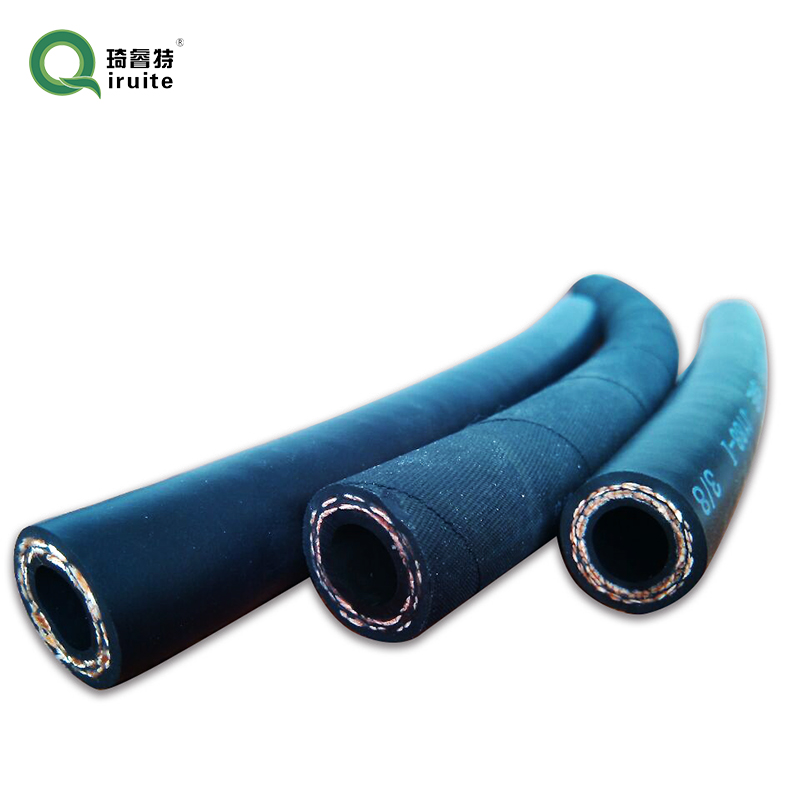remove power steering hose
Removing Power Steering Hose A Step-by-Step Guide
Power steering has become an essential feature in modern vehicles, providing drivers with better control and maneuverability. However, like any other automotive component, the power steering system can develop issues over time, often requiring maintenance or component replacement. One common task is removing the power steering hose, particularly when it’s damaged or leaking. In this article, we’ll guide you through the process of removing the power steering hose safely and efficiently.
Understanding the Power Steering System
Before diving into the removal process, it's crucial to grasp how the power steering system works. The system typically consists of a power steering pump, a reservoir, and hoses that connect these components to the steering gear. Power steering hoses, both high-pressure and return hoses, play key roles in transferring hydraulic fluid to enable smooth steering operation.
Tools and Materials Needed
Before starting the removal process, gather the necessary tools and materials
- Wrenches (various sizes) - Hose clamps - Screwdrivers - Fluid catch basin (to catch any leaking fluid) - Rags (for cleanup) - Safety gloves and goggles
Step-by-Step Removal Process
1. Park the Vehicle Safely Begin by parking your vehicle on a flat surface. Turn off the engine and engage the parking brake to ensure the car remains stationary throughout the process.
2. Prepare for Fluid Drainage Place a fluid catch basin under the power steering reservoir. This will help catch any fluid that may spill during the removal of the hoses. Carefully remove the cap from the power steering reservoir to relieve pressure.
3. Locate the Power Steering Hoses Depending on your vehicle's make and model, the power steering hoses may be located at different positions. Consult your vehicle's manual if you're unsure where they are found.
remove power steering hose

4. Disconnect the Battery For safety, disconnect the negative terminal of the battery to prevent any electrical issues while working on the vehicle.
5. Remove the High-Pressure Hose Start with the high-pressure hose, which is usually connected to the power steering pump. Using the appropriate wrench, loosen the fittings on both ends of the hose. Wear gloves as power steering fluid can be corrosive. Once loose, carefully detach the hose and allow any remaining fluid to drain into the catch basin.
6. Remove the Return Hose Next, tackle the return hose. This hose carries fluid back to the power steering reservoir. Loosen its fittings similarly and detach it from both the steering gear and the reservoir.
7. Inspect and Clean After removing the hoses, inspect them for any signs of wear or damage. It's also a good idea to clean the connection points on the pump and steering gear to ensure a good seal when you install the new hoses.
8. Install the New Hoses If you're replacing the hoses, take the new ones and attach them to the appropriate fittings. Ensure that you follow the correct routing and use new hose clamps if necessary. Tighten each connection, making sure not to overtighten as this can damage the fittings.
9. Refill the Power Steering Fluid With the new hoses in place, refill the power steering reservoir with the appropriate type of power steering fluid as specified in your vehicle’s manual.
10. Reconnect the Battery and Test the System Reconnect the negative battery terminal. Start the engine and turn the steering wheel from lock to lock to help bleed any air out of the system. Check for leaks around the newly attached hoses.
11. Final Inspection Once you’re confident there are no leaks, take your vehicle for a short test drive to ensure everything is functioning correctly.
Conclusion
Removing a power steering hose might seem like a daunting task, but with the right tools and a careful approach, it can be managed successfully. Always prioritize safety and consult a professional if you are unsure at any stage of the process. Regular maintenance of your power steering system will not only enhance the vehicle's performance but also extend its lifespan, providing you with a better driving experience.
-
Ultimate Spiral Protection for Hoses & CablesNewsJun.26,2025
-
The Ultimate Quick-Connect Solutions for Every NeedNewsJun.26,2025
-
SAE J1401 Brake Hose: Reliable Choice for Safe BrakingNewsJun.26,2025
-
Reliable J2064 A/C Hoses for Real-World Cooling NeedsNewsJun.26,2025
-
Heavy-Duty Sewer Jetting Hoses Built to LastNewsJun.26,2025
-
Fix Power Steering Tube Leaks Fast – Durable & Affordable SolutionNewsJun.26,2025

